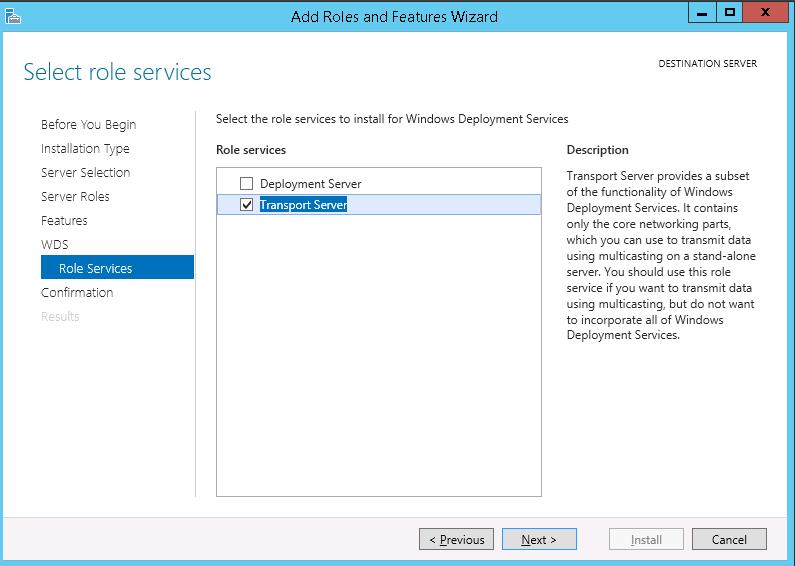
You must create a peer relationship between each remote proxy TFTP server and the primary proxy TFTP server. The primary proxy TFTP server provides the configuration files for all phones and devices in the network.

This is useful if you want to configure only one proxy TFTP server for many DHCP scopes, or have only one DHCP In a multiple cluster deployment, you can specify up to three remote proxy TFTP servers as peer clusters of the primary proxy Proxy TFTP server to TFTP Server Addresses sub-option type 1 in the DHCP scope. The second proxy TFTP server is added in option 150 for IPv4. In a single cluster deployment, the cluster must have at least one proxy TFTP server. Endpoints and Configuration Files for TFTP Deployments.Proxy TFTP server to use to get the configuration files. The DHCP scope specifies the IP address of the Your deployment and can service requests from endpoints on multiple clusters. A TFTP server can be installed in any cluster in Need, such as: dial plans, ringer files, and device configuration files. Use a proxy Trivial File Transfer Protocol (TFTP) server to provide the configuration files that endpoints in your network Port Usage Information for the IM and Presence Service.Cisco Unified Communications Manager TCP and UDP Port Usage.Configure Multilevel Precedence and Preemption.Configure Geolocation and Location Conveyance.Configure Transcoders and Media Termination Points.Configure Flexible DSCP Marking and Video Promotion.Configure Cisco Unified Contact Center Express.Configure Cisco Unified Contact Center Enterprise.Configure Cisco Unity Connection for Voicemail and Messaging.Configure Call Diagnostics and Quality Reporting for Cisco IP Phones.Configure Resource Reservation Protocol.Configure Enhanced Locations Call Admission Control.Configure SIP Normalization and Transparency.Configure Core Settings for Device Pools.Configure System and Enterprise Parameters.

Configure Initial Parameters for the System.


 0 kommentar(er)
0 kommentar(er)
